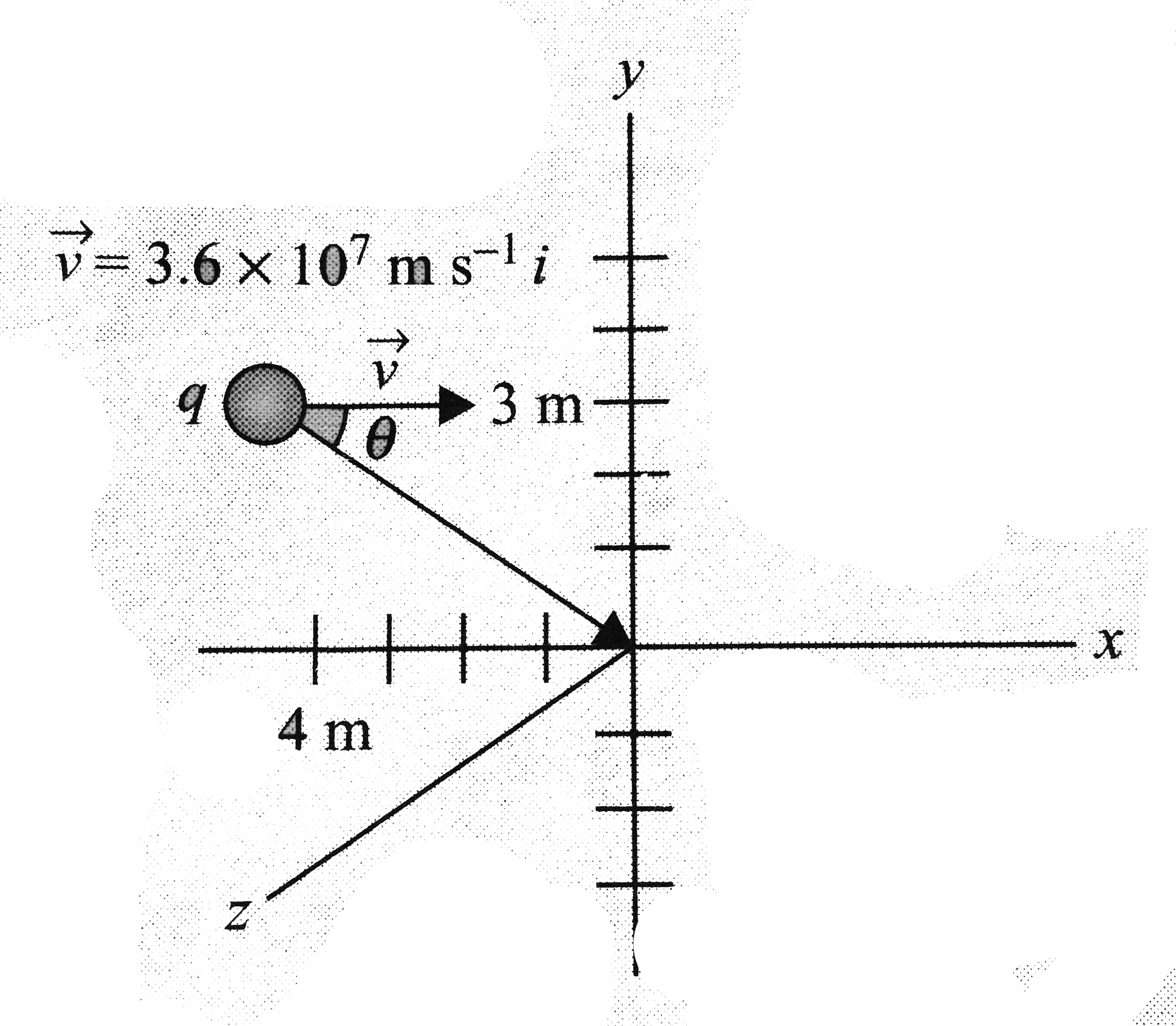If f:[−1,1]→[−12,12]:f(x)=x1+x2, then find the area bounded by y=f−1(x), the x-axis and the lines x=12,x=−12.
12loge
log(e2)
12loge3
12log(e2)
The correct Answer is:B
To find the area bounded by the curve y=f−1(x), the x-axis, and the lines x=12 and x=−12, we will follow these steps:
Step 1: Understanding the Function
We have the function defined as:
f(x)=x1+x2
We need to find its inverse function f−1(x).
Step 2: Finding the Inverse Function
To find f−1(x), we set y=f(x):
y=x1+x2
Rearranging gives:
y(1+x2)=x⟹y+yx2=x⟹yx2−x+y=0
This is a quadratic equation in x. Using the quadratic formula x=−b±√b2−4ac2a:
x=1±√1−4y22y
Since f(x) is increasing in the interval (−1,1), we take the positive root:
f−1(x)=1+√1−4x22x
Step 3: Setting Up the Area Integral
The area A we want to find is given by:
A=∫12−12f−1(x)dx
Due to symmetry, we can simplify this to:
A=2∫120f−1(x)dx
Step 4: Substituting for the Integral
Now, we need to evaluate:
A=2∫1201+√1−4x22xdx
This can be split into two integrals:
A=∫1201xdx+∫120√1−4x2dx
Step 5: Evaluating the First Integral
The first integral is:
∫1201xdx=(ln|x|)120=ln(12)−limx→0+ln(x)=−ln(2)+∞
This diverges, indicating that we need to reconsider our approach.
Step 6: Evaluating the Second Integral
For the second integral:
∫120√1−4x2dx
Using the substitution u=2x, du=2dx:
∫10√1−u22du=12⋅π4=π8
Step 7: Final Area Calculation
Combining the results:
A=2(−ln(2)+π8)
Thus, the area bounded by y=f−1(x), the x-axis, and the lines x=12 and x=−12 is:
A=π4−2ln(2)
We have the function defined as:
f(x)=x1+x2
We need to find its inverse function f−1(x).
To find f−1(x), we set y=f(x):
y=x1+x2
Rearranging gives:
y(1+x2)=x⟹y+yx2=x⟹yx2−x+y=0
This is a quadratic equation in x. Using the quadratic formula x=−b±√b2−4ac2a:
x=1±√1−4y22y
Since f(x) is increasing in the interval (−1,1), we take the positive root:
f−1(x)=1+√1−4x22x
The area A we want to find is given by:
A=∫12−12f−1(x)dx
Due to symmetry, we can simplify this to:
A=2∫120f−1(x)dx
Now, we need to evaluate:
A=2∫1201+√1−4x22xdx
This can be split into two integrals:
A=∫1201xdx+∫120√1−4x2dx
The first integral is:
∫1201xdx=(ln|x|)120=ln(12)−limx→0+ln(x)=−ln(2)+∞
This diverges, indicating that we need to reconsider our approach.
For the second integral:
∫120√1−4x2dx
Using the substitution u=2x, du=2dx:
∫10√1−u22du=12⋅π4=π8
Combining the results:
A=2(−ln(2)+π8)
Thus, the area bounded by y=f−1(x), the x-axis, and the lines x=12 and x=−12 is:
A=π4−2ln(2)
Topper's Solved these Questions
- AREA OF BOUNDED REGIONSBOOK - ARIHANT MATHS ENGLISHCHAPTER - AREA OF BOUNDED REGIONSEXERCISE - Exercise (More Than One Correct Option Type Questions)
5 Videos
- AREA OF BOUNDED REGIONSBOOK - ARIHANT MATHS ENGLISHCHAPTER - AREA OF BOUNDED REGIONSEXERCISE - Exercise (Statement I And Ii Type Questions)
5 Videos
- AREA OF BOUNDED REGIONSBOOK - ARIHANT MATHS ENGLISHCHAPTER - AREA OF BOUNDED REGIONSEXERCISE - Exercise For Session 2
19 Videos
- BIONOMIAL THEOREMBOOK - ARIHANT MATHS ENGLISHCHAPTER - BIONOMIAL THEOREMEXERCISE - Exercise (Questions Asked In Previous 13 Years Exam)
21 Videos
Similar Questions
Find the area bounded by the parabola y=x2, the x -axis and the lines x=−1,x=2 .
View SolutionLet f(x)= minimum {ex,3/2,1+e−x},0≤x≤1. Find the area bounded by y=f(x), X-axis and the line x=1.
View SolutionThe area bounded by the curve y2=1−x and the lines y=[x]x,x=−1,andx=12 is
View SolutionFind the area of the region bounded by the curve y=x2−2x, the x-axis and the lines x=1andx=−1
View SolutionThe area bounded by y=f(x), x-axis and the line y=1, where f(x)=1+1x∫x1f(t)dt is
View SolutionArea bounded by f(x)=x2−1x2+1 and the line y = 1 is
View SolutionA point chanrge of magnitude q=4.5nC is moving with speed v=3.6×107ms−1 parallel to the x-axis along the line y=3m. Find the magnetic field at the origin produced by this charge when the charge is at the point x=−4m, y=3m, as shown in Fig.

View SolutionIf ∫10[4x3−f(x)dx=47] then find the area of region bounded by y=f(x), x-axis and coordinate x = 1 and x = 2.
View SolutionFind area bounded by y=log12 x and x-axis between x=1 and x=2
View SolutionIf x2+x−2x+3≤f(x)x2≤x2+2x−1x+3 hold for a certain interval containing the point x=−1 and limx→−1f(x) then find the value of limx→−1f(x)
View Solution
